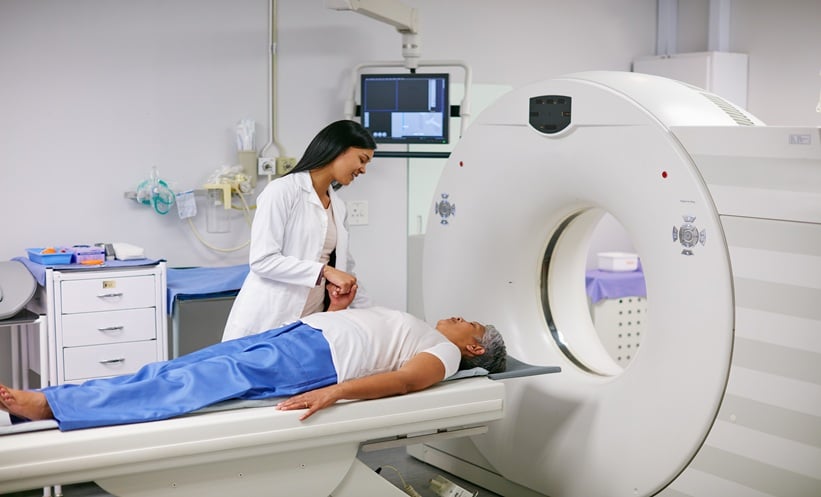SPINAL anaesthesia (SA) is the mainstay for caesarean section, but its Achilles’ heel is maternal hypotension, reported in up to 70% of cases, which can compromise uteroplacental perfusion and trigger nausea, low Apgar scores, and, if prolonged, bradycardia and even cardiac arrest. Anticipating which parturients are most at risk is therefore critical. Because neuraxial block blunts sympathetic outflow and tips the autonomic nervous system (ANS) towards parasympathetic dominance, preoperative markers of sympathovagal balance may help clinicians forecast haemodynamic instability.
This study explored a pragmatic, non-invasive predictor: overactive bladder (OAB), a clinical syndrome characterised by urgency, frequency and nocturia, diagnosed here with the validated OAB-V8 questionnaire. Bladder function is governed by a sympathetic–parasympathetic equilibrium; OAB reflects a shift towards parasympathetic predominance. The authors hypothesised that, in women with OAB, the additional sympathetic blockade produced by SA would further unmask parasympathetic dominance, increasing the risk of postspinal hypotension.
Among women undergoing elective caesarean under combined spinal–epidural anaesthesia, hypotension occurred more often in those with OAB than those without: 68.4% of hypotensive patients had OAB versus 31.6% without (P=0.041). As a diagnostic test for predicting hypotension, OAB showed a sensitivity of 68% and specificity of 49%, with a positive predictive value of 76% and a negative predictive value of 38%. Baseline heart rate, sometimes proposed as a surrogate of sympathetic tone, did not differ significantly between OAB and non-OAB groups, nor between hypotensive and non-hypotensive patients, supporting the added value of the OAB-V8 beyond momentary physiological fluctuations.
These findings align mechanistically with heart-rate variability studies: patients with higher preoperative sympathetic activity (elevated LF/HF) tend to experience larger post-spinal blood-pressure drops as the balance swings towards parasympathetic dominance. In contrast to technology-dependent measures (HRV or pupillometry), the OAB-V8 is quick, inexpensive and not easily skewed by ambient factors such as anxiety or room temperature, reflecting symptoms over time rather than a single snapshot.
Limitations include single-centre design, modest sample size, and variability in hypotension definitions across the literature, which complicates comparisons. The relatively low NPV indicates that OAB absence does not rule out risk. Nevertheless, incorporating the OAB-V8 into preoperative assessment may help flag women who could benefit from proactive haemodynamic strategies (e.g., fluid co-loading, vasopressors, left uterine displacement), pending confirmation in larger, multicentre cohorts.
Reference
Dostbil A et al. Evaluatıng the role of overactıve bladder dıagnosıs ın predıctıng the rısk of postspınal hypotensıon durıng electıve cesarean sectıon operatıons: randomızed trıple-blınded study. Niger J Clin Pract. 2025;28(7):797-802. doi:10.4103/njcp.njcp_680_24







